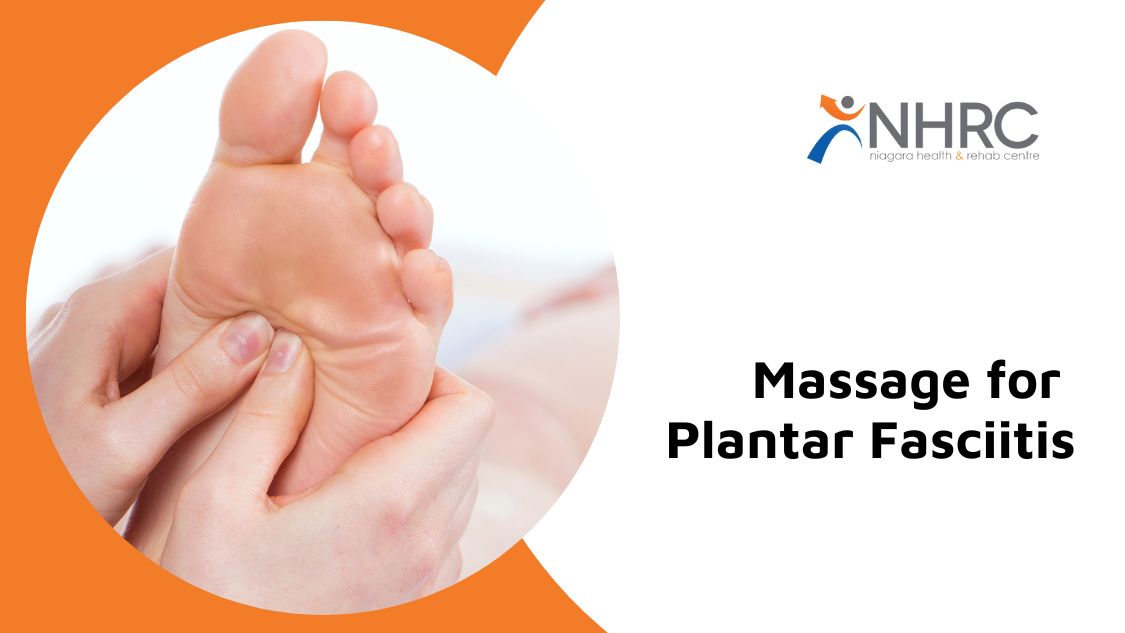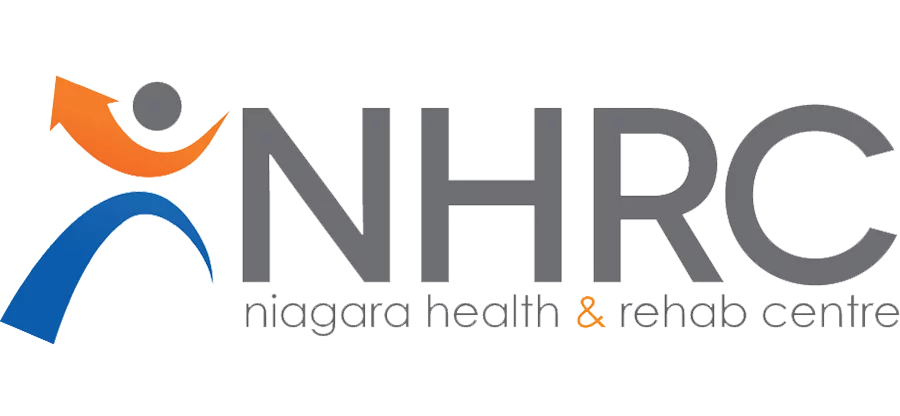
If you have ever suffered from plantar fasciitis, you know how uncomfortable it is: it’s the sensation of being pierced in the heel with a hot needle again and again with every step you take. When you walk or run, especially on materials that are unyielding and hard, the pressure exerted by your body weight can cause tension on the plantar fascia (the band of tissue that connects your heel to your toes).
Over time, this strain can develop into the chronic pain and swelling we call plantar fasciitis. With the consistent pain of plantar fasciitis, your capability to deal with the pain– and your desire to maintain daily life as usual– is put to the test.
Sadly, there’s no magic cure for plantar fasciitis. But there are various methods to reduce pain from plantar fasciitis, and one of the best ways is massage treatment. Not merely is massage treatment low-cost and widely accessible, but it’s likewise verified beneficial in easing plantar fasciitis pain.
Calf extending, icing the affected location, and rubbing your plantar fascia may all help ease some or all of the pain. But why does massage therapy succeed so well for plantar fasciitis? Let’s have a look at how massage works to relieve this common source of heel pain.
What is Massage Treatment?
Massage treatment is using various hands-on strokes and methods to administer force to the soft tissues of your body. Massage therapists adjust your connective tissues and muscles to help decrease muscle tension and discomfort, improve blood circulation, and support relaxation. It might be used as a kind of preventative healthcare or as a procedure for unique issues such as plantar fasciitis.
How Does Massage Ease Pain for Plantar Fasciitis?
When you get plantar fasciitis, the tissue under your foot gets irritated, puffy, and extremely tender. This can also happen in your lower legs if you have bad posture. Where plantar fasciitis and poor posture are concerned, massage therapy is used to disperse the lactic acid crystals that accumulate in the tissue of the lower legs and bottoms of the feet. This helps to lessen inflammation and discomfort.
Massage is additionally believed to be beneficial in treating plantar fasciitis because it increases blood flow to the affected areas. More blood flow guarantees more oxygen and nutrients being delivered to that unpleasant, inflamed tissue. That helps hasten the therapeutic process, so you can get back to normal sooner.
Which Type of Massage Therapy is Best for Plantar Fasciitis?
Because plantar fasciitis is an agonizing condition, most health care professionals strongly recommend a deep tissue massage for relief. Deep tissue massage is a kind of massage treatment that focuses on the underlying layers of muscle and connective tissue. It’s typically performed with tougher pressure, frequently using the massage therapist’s elbows or knuckles.
Rewards of Massage Treatment for Plantar Fasciitis
Beyond decreasing the discomfort of plantar fasciitis and accelerating the recuperation process, massage treatment provides a number of other advantages:
1. Enhances Sleep – Getting a massage is an excellent method to loosen up and calm your body down prior to you drop off to sleep. It can be an effective method to decrease tension, unwind after a difficult day, and enhance your sleep quality.
2. Lessens Clinical Depression and Anxiousness – A massage can be an excellent method to deal with sensations of anxiety and depression. It is a type of self-care that will deeply relax your body, mind, and spirit.
3. Enhances Your Immune System – When you’re stressed or anxious, your system goes into its fight or flight mode. This triggers your body’s immune system to lessen its efficiency to avoid overspending energy.
How Frequently Should You Have Massage Therapy for Plantar Fasciitis?
If you have plantar fasciitis, you should have a massage session a minimum of once a week. For the most successful outcomes, you may experiment with integrating massage therapy with other forms of treatment, such as icing, stretching, and using supportive insoles and shoes. Make certain to consult your massage therapist for the ideal frequency for your massage sessions.
How to Choose a Great Massage Therapist
When you’re looking for a massage therapist, the very first thing you should try is to ask around. Find out if any friends or family members can recommend a therapist they’ve had a positive experience with. Apart from that, there are a couple of other ways you can find an excellent massage therapist:
– It is recommended to choose a massage therapist who specializes in sports massage. Sports massage is a kind of massage that concentrates on the specific needs of athletes, including muscles, joints, and other soft structures like the plantar fascia. To be effective, a sports massage therapist should have training in biomechanics and anatomy.
– Look at online evaluations: You can find evaluations for most massage therapists online. Make certain to look for evaluations from clients who have comparable issues as you do.
– Check your insurance: f you have health insurance, it might pay for massage therapy. Prior to making a scheduled visit, check to see if massage treatment is covered under your insurance plan.
– Ask your medical professional: Your medical professional knows you best. If you have plantar fasciitis and you are searching for a massage therapist, ask your doctor for a referral.
Recap
When you have plantar fasciitis, you can suffer with a great deal of discomfort and pain. One fantastic means to alleviate this pain is by receiving regular massage sessions. Massage therapy can help get rid of lactic acid crystals, increase blood flow, and speed up the recuperation process.
When it comes to medicines, it’s more than important to have them of a proper quality. This is always possible together with the Curahealth. It cooperates only with reliable manufacturers and provides sufficient information about the chosen product.
Give us a call at Niagara Health & Rehab Centre right away and we can start alleviating your plantar fasciitis pain. Now booking new clients!
